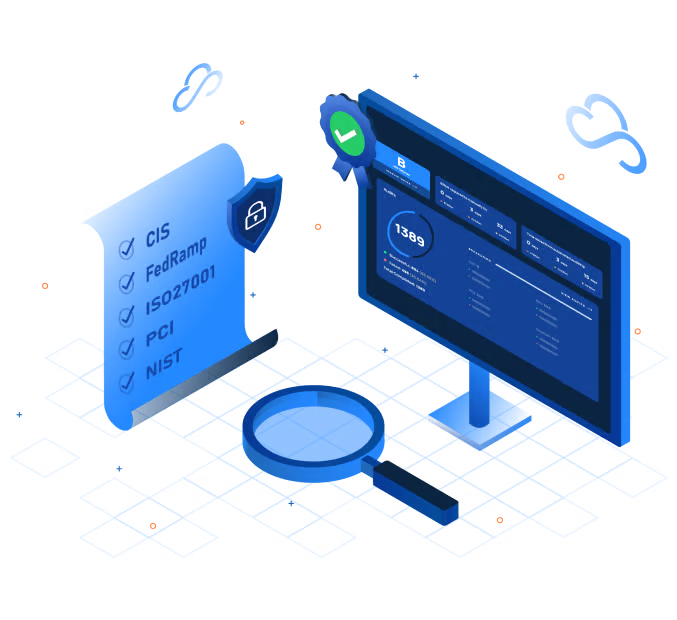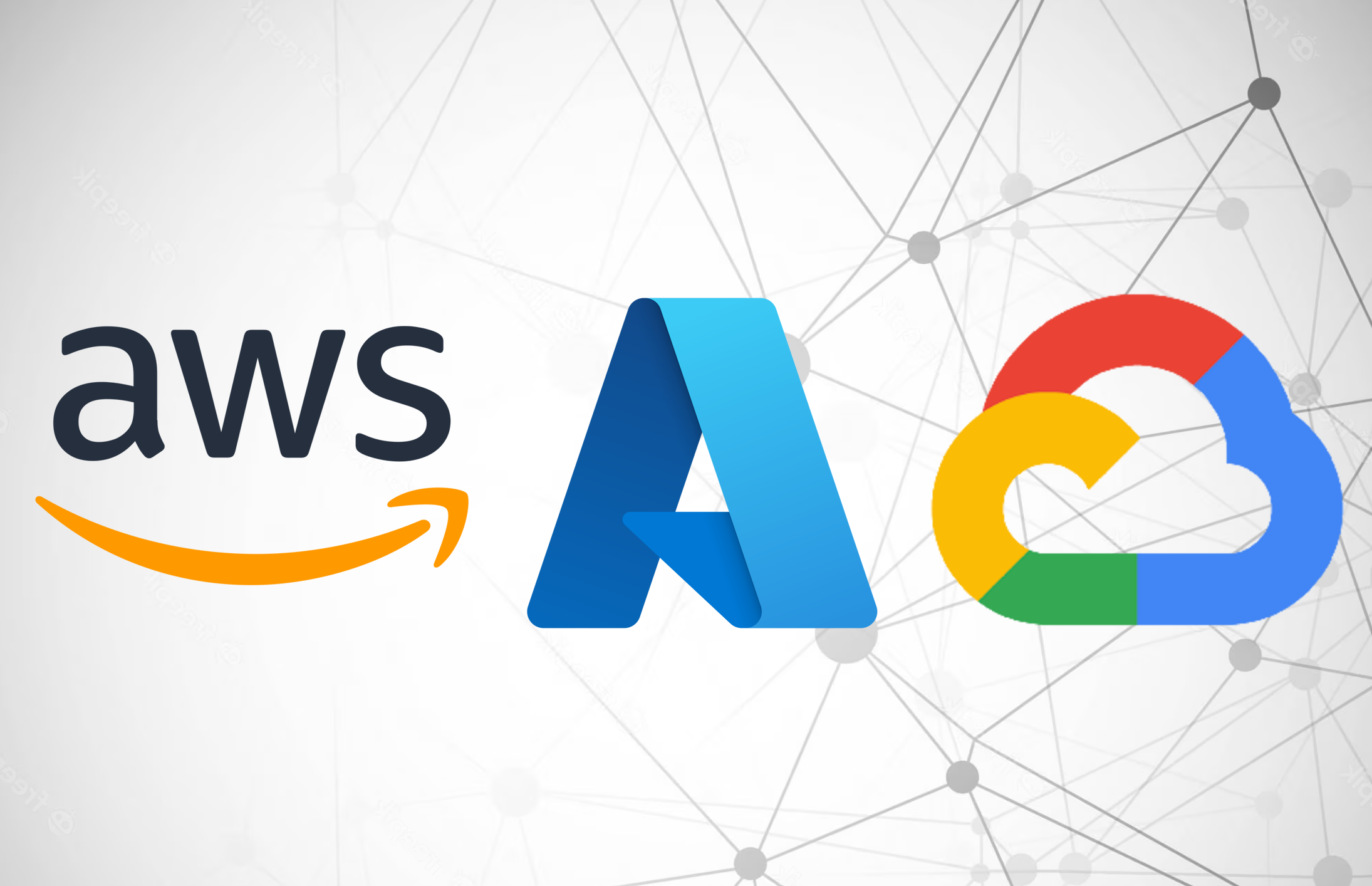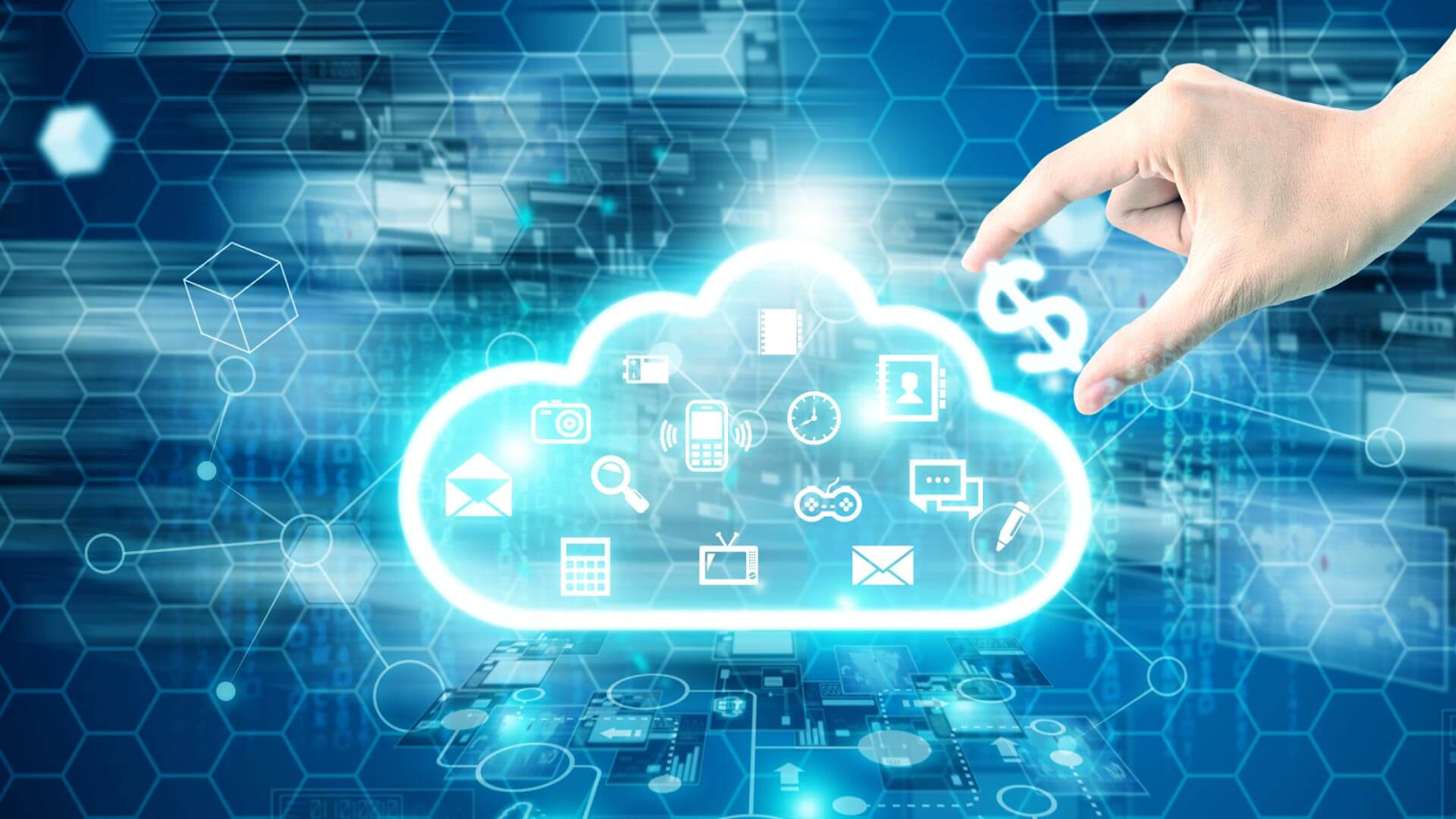As more businesses migrate to the cloud, relying on AWS for their server infrastructure — understanding detailed billing reports can be a challenge. In 2020, 79% of technical professionals stated that managing cloud spend is a challenge at their organisation.
In this post, the topic of how to read your AWS bill to understand where costs are arising from will be explored.
Why You Should Regularly Check Your AWS Billing Report
As firms scale the number of customers that they serve, cloud expenses often continue to grow. In the software industry, as an example, cloud costs typically make up 50% of the cost of revenue. In addition to this, organizations typically exceed their committed cloud spend forecast by 20%. Allowing these costs to go unchecked can have a massive impact on financial performance come year-end.
Ensuring that you take the time regularly to review your AWS billing report — in detail — can prevent such overruns.
How To Access Your AWS Billing Report
Before you can read and analyze your AWS billing report, you first need to access it. It is available through the AWS Management Console under the Billing and Cost Management section. This guide from the AWS documentation is helpful in case you have any difficulty navigating to the correct location.
Under the bills page, you will be able to see exact details broken down by service, server location, and usage type. The level of granularity should be that pictured in the image below.

What Information is Included on a Detailed Billing Report in AWS
To properly understand billing in AWS, it is important to understand the different cost driver categories. Amazon will bill you per hour when using compute services such as EC2, and per GB for storage services such as S3. These are outlined below.
AWS Service
AWS provides organizations with a wide range of available services. From the storage of files through the S3 service, to enabling blockchain applications with Amazon Managed Blockchain.. To understand your bill, you need to be clear on what these services mean for your organization. Some of the most used services include:
- AWS S3: Simple Storage allows organizations to store their files securely with built-in redundancy.
- AWS EC2: Elastic Compute Cloud allows organizations to quickly create virtual servers and deploy applications.
- AWS Lambda: Lambda allows the user to run code without the need for a server. This is helpful when running complex data analysis operations within Python, as an example.
- AWS RDS: Relational Database Service allows organizations to host SQL servers including MariaDB, MySQL, Microsoft SQL Server, Oracle, or PostgreSQL.
- AWS VPC: Virtual Private Cloud allows organizations to create private networks to run their servers on and for users to connect to.
Your bill will detail the exact service that is being used and the amount of usage for that particular service, as well as the exact cost (minus any discounts).
AWS Locations
Beyond services, your cloud configuration may also be utilizing multiple locations. Your bill will detail budgetary spending broken down by server location.
Pricing in AWS varies between Regions and Availability Zones. Locations in North America and India tend to have the lowest costs, while locations in South America and Australia tend to be the most expensive. The difference between North Virginia and Sao Paulo, for example, is over 50%. By taking this into account when planning your AWS services, you can achieve significant cost savings.
Cloud managers, such as Kumoco Cloud Manager, can automatically rebalance your services to low-cost regions.
Usage Terms and Compute Savings Plan
AWS offers discounts for companies that can commit to longer-term usage. For machine learning and compute services, such as EC2, AWS offers discounts when you commit to one or three-year terms. If your cloud needs are relatively fixed, you can explore one of these pricing options to reduce your overall spending.
Depending on your exact commitment, any relevant discounts will also be listed in your AWS bill.
Making Use of The Information
Once you understand what you are being charged for by AWS, you can begin to take steps to fully understand what your organization is making use of and where savings can be achieved.
This can often be a complex process. Cloud Managers, such as Kumoco Cloud Manager, can save you significant amounts of both time and budget by automatically suggesting opportunities to save.




